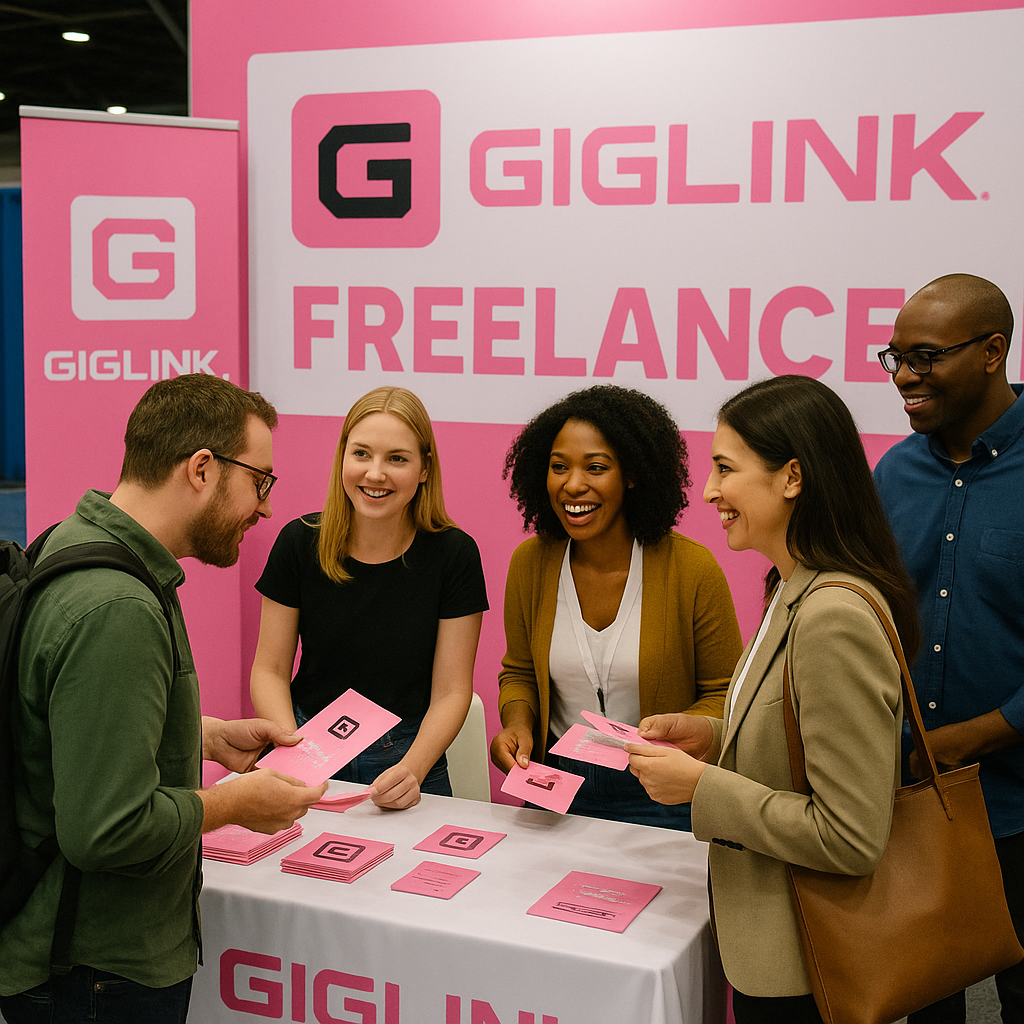Australia’s labour market is shifting under our feet. More people are choosing project-based work, employers are buying flexibility, and policy is catching up with the platform era. Below we map the trend with recent, authoritative stats—and explain what’s driving the change.
The state of play (latest figures)
- Independent contractors: Australia had 1.1 million independent contractors—7.5% of all employed as at August 2024. Australian Bureau of Statistics
- Casual & non-entitled employees: 2.6 million employees (22%) had no paid leave entitlements; 20% of employees considered their job casual. Australian Bureau of Statistics
- Working from home: 36% of employed people usually worked from home in Aug 2024 (down slightly from 37% in 2023), cementing hybrid as mainstream. Australian Bureau of Statistics
- Multiple job-holding: By June 2025, 6.4% of employed Australians (≈949k people) held multiple jobs—near record levels in recent years. Australian Bureau of Statistics+1
- Platform (gig app) work: In 2022–23, just under 1% of the employed population reported platform work in the prior 4 weeks—small but measurable and growing in policy significance. Australian Bureau of Statistics
Pull-quote: “1 in 13 Australian workers is an independent contractor; over 1 in 20 juggle more than one job.”
Is contractor work actually growing?
Short answer: it’s edging up in some dimensions and entrenching as a normal option.
- The contractor share sat at ~7.8% in 2021 (1.0m people) and ~7.5% in 2024 (1.1m people)—a broadly stable share but a larger absolute cohort amid population and employment growth. Meanwhile, multiple job-holding has lifted to 6.4–6.7% in 2024–25, above the 1994–2019 range of 5–6%. HCAMag+3Australian Bureau of Statistics+3Australian Bureau of Statistics+3
Why that matters: the combination of a steady contractor share, high casualisation indicators, and record multi-jobbing points to greater fragmentation of how Australians earn—more portfolios of work, not just one full-time role.
What’s driving the shift?
- Cost and agility for employers. Businesses facing demand variability and project spikes (ERP rollouts, audit season, year-end) are buying skills “just-in-time” instead of adding headcount. (See rising multi-jobbing and persistent casual shares.) Australian Bureau of Statistics+1
- Worker preferences. Post-pandemic normalisation of remote work (36% usually WFH) makes contracting feasible beyond the CBD, enabling regional talent to service national clients. Australian Bureau of Statistics
- Side-hustle economics. Cost-of-living pressures are nudging workers to layer secondary gigs (multi-job rate ≥6.4%). Australian Bureau of Statistics
- Policy tailwinds. The Fair Work “Closing Loopholes” reforms (2024–25) empower the Fair Work Commission to set minimum standards for “employee-like” platform workers and road transport contractors—formalising a segment that used to be a grey zone. Fair Work Ombudsman+2FWC+2
Pull-quote: “Hybrid work unlocked national talent pools; policy is now giving the platform workforce a rulebook.”
Contractors vs full-time employees: the new equilibrium
- Full-time remains the anchor, but employers are layering contractors for spikes, scarcity roles, and transformation projects.
- Workers are hedging risk: a steady contractor share plus more multi-jobbing suggests Australians are blending income streams (primary job + contract/side work) rather than exiting employment altogether. Australian Bureau of Statistics
Sector snapshots (where contracting bites)
- Finance & accounting: audit peaks, month-end, and system upgrades are classic lumpy workloads—ideal for short, skilled engagements.
- Tech & data: project cadence + remote-friendliness accelerate contract use (industry analyses point to 2025 strength in gig/contract tech roles). Horizontal Talent
- Transport & delivery: platform work remains a small share but is policy-active (pending minimum standards orders). FWC
What changes next?
- Standards for platform workers (minimums, unfair deactivation remedies, etc.) could stabilise earnings and increase legitimacy of platform gigs, making them a safer on-ramp to contracting. Fair Work Ombudsman+1
- Right-to-disconnect & casual re-definition (within the same reforms) push employers to plan capacity more intentionally—often via short-term specialists for peak periods. K&L Gates
Quick-reference “Stat Pack” (copy-paste ready)
- 1.1m independent contractors (7.5%) — Australia, Aug 2024. Australian Bureau of Statistics
- 6.4% multi-jobbers — June qtr 2025 (≈949k people). Australian Bureau of Statistics
- 36% usually WFH — Aug 2024. Australian Bureau of Statistics
- 22% of employees lack paid leave entitlements — Aug 2024. Australian Bureau of Statistics
- ~1% did app-based platform work in last 4 weeks — 2022–23. Australian Bureau of Statistics
- FWC can set minimum standards for “employee-like” platform workers — powers commencing 26 Aug 2024 and rolling out through 2025. FWC+1
What it means for employers
- Build a blended workforce model: core FTE + elastic bench of vetted contractors for peaks (audit, BAU catch-up, implementations).
- Plan for compliance: track the “employee-like” rules for platform-facilitated contractors; align contracts, insurance, and onboarding. Fair Work Ombudsman
- Leverage remote: national searches unlock speed and affordability—36% WFH indicates persistent acceptance of distributed delivery. Australian Bureau of Statistics
What it means for finance professionals
- Portfolio careers are normalising. Even if you’re full-time, a secondary contract is increasingly common (6.4% multi-jobbing). Australian Bureau of Statistics
- Specialise. Short, high-impact engagements (audit prep, month-end stabilisation, system cutovers) command premium rates.
- Stay policy-literate. Minimum standards and dispute options will matter more in platform-mediated work. Fair Work Ombudsman
Method notes & sources
Primary data comes from the Australian Bureau of Statistics Characteristics of Employment and Working Arrangements (Aug 2024), Multiple Job-Holders (2024–2025), ABS Digital Platform Workers (2023), and Fair Work Closing Loopholes updates (2024–2025). We’ve highlighted exact dates above to avoid confusion with earlier pandemic-era spikes. Fair Work Ombudsman+5Australian Bureau of Statistics+5Australian Bureau of Statistics+5
About GigLink
GigLink is Australia’s network of vetted finance contractors—shortlists in 48 hours, zero hiring fee, transparent day/hour rates. If you’re covering an absence or accelerating a project, we’ll match you with CA/CPA talent fast.








































